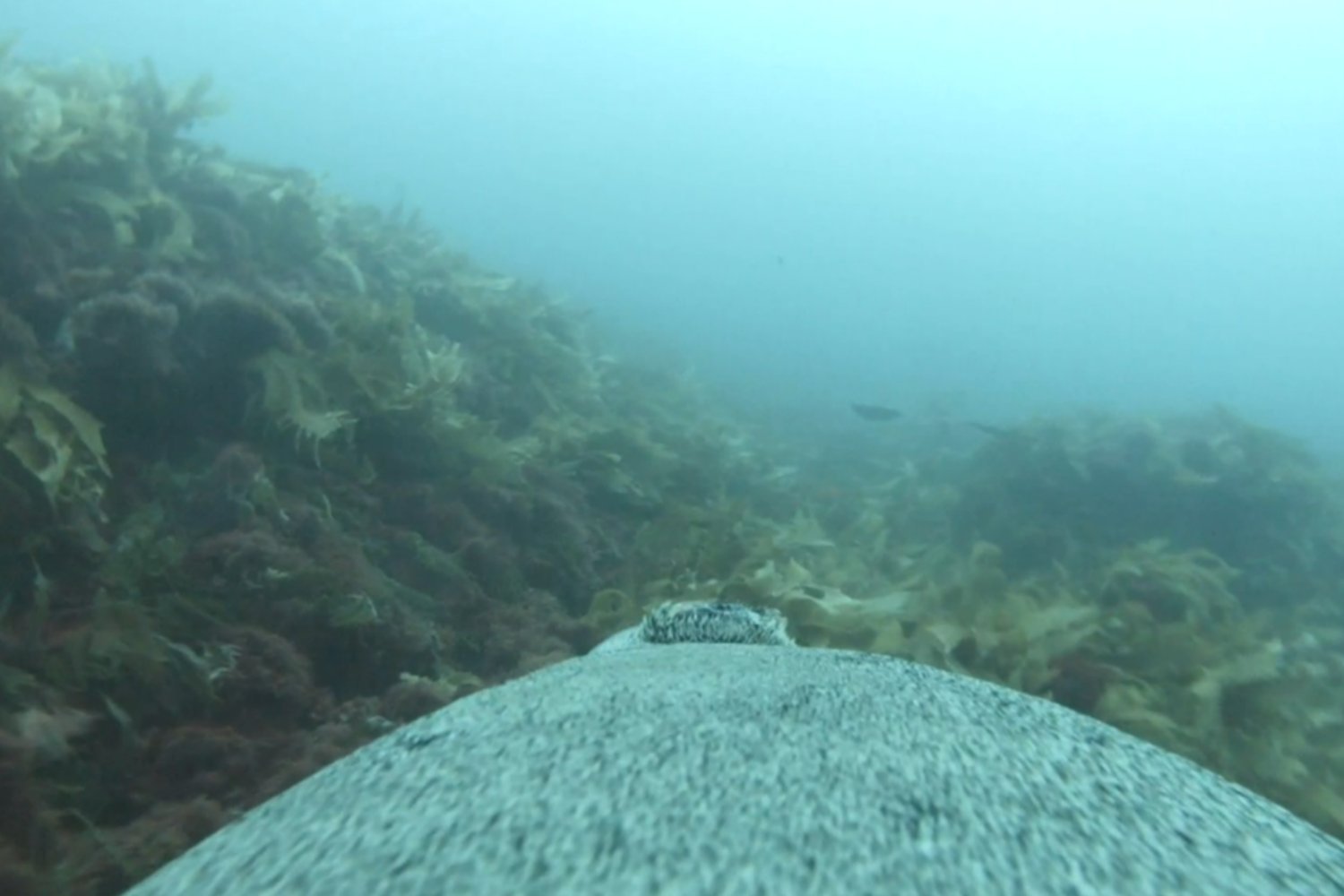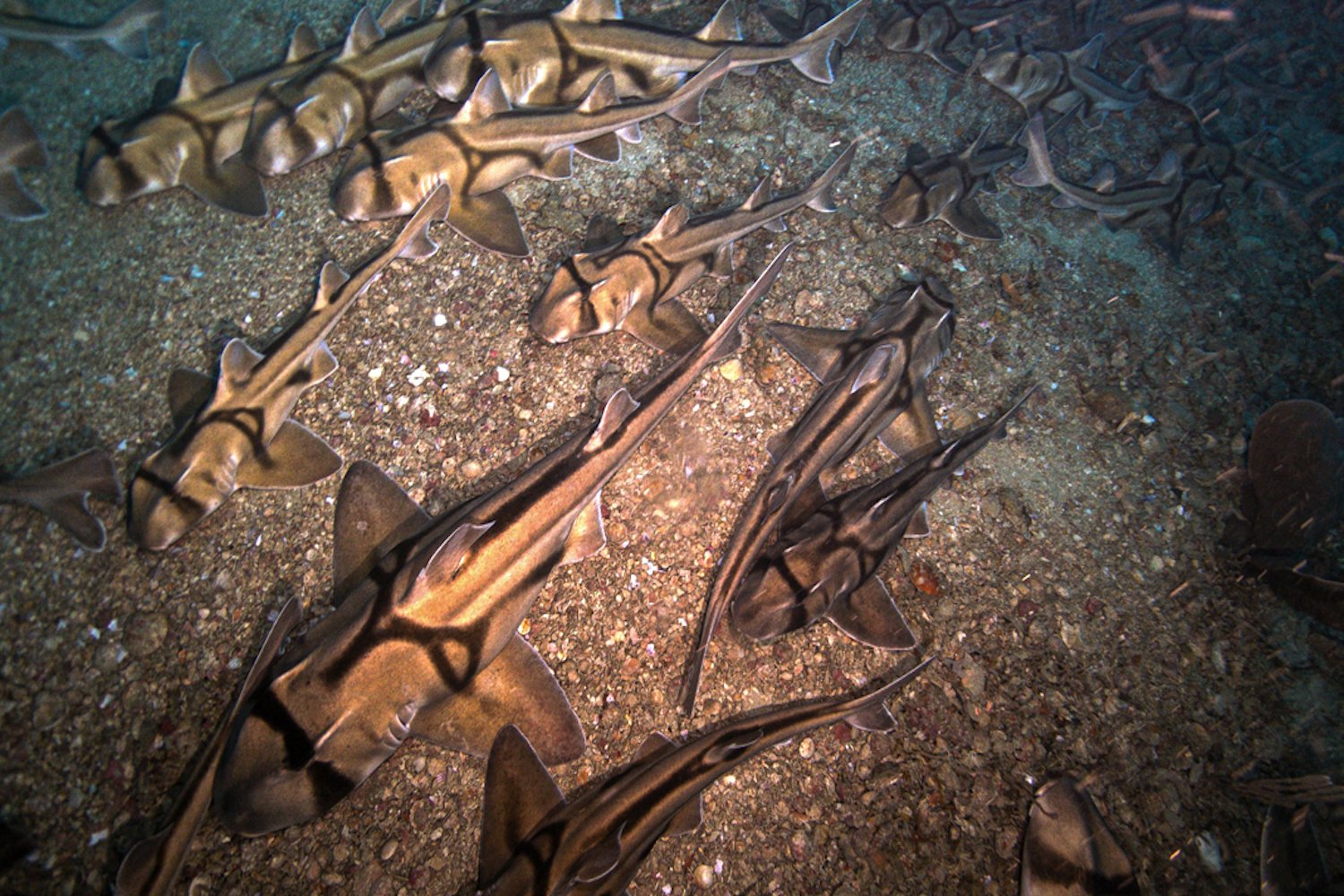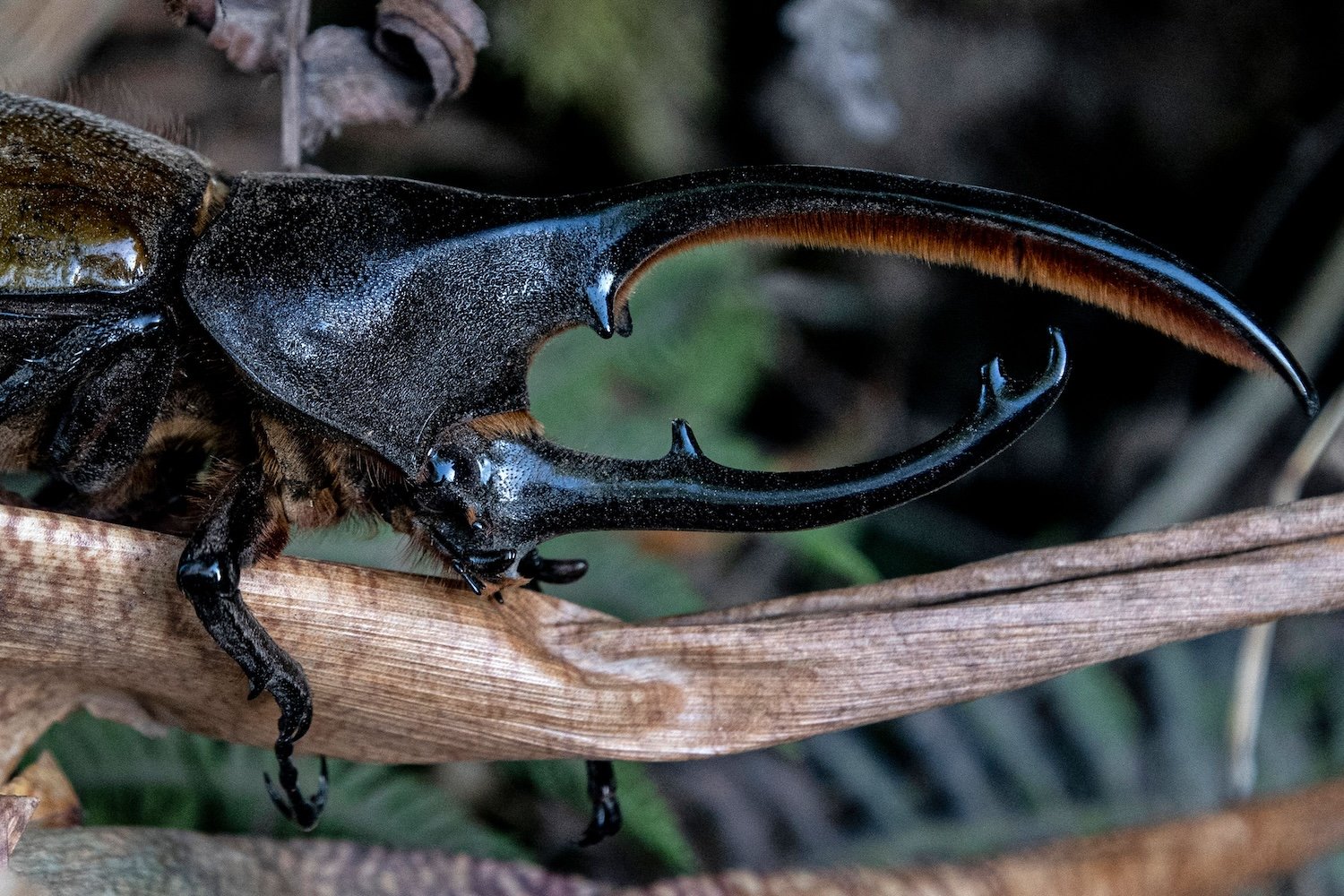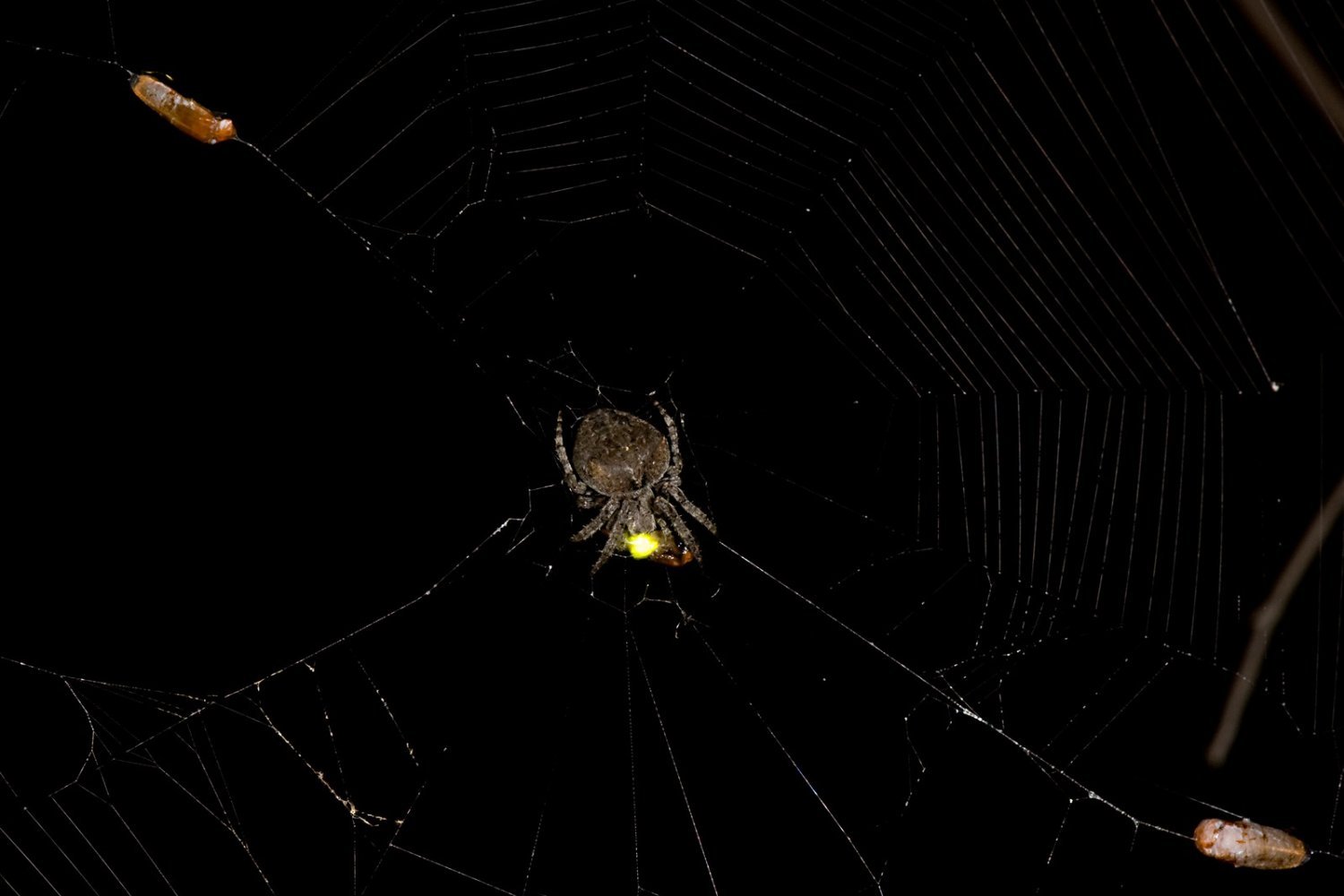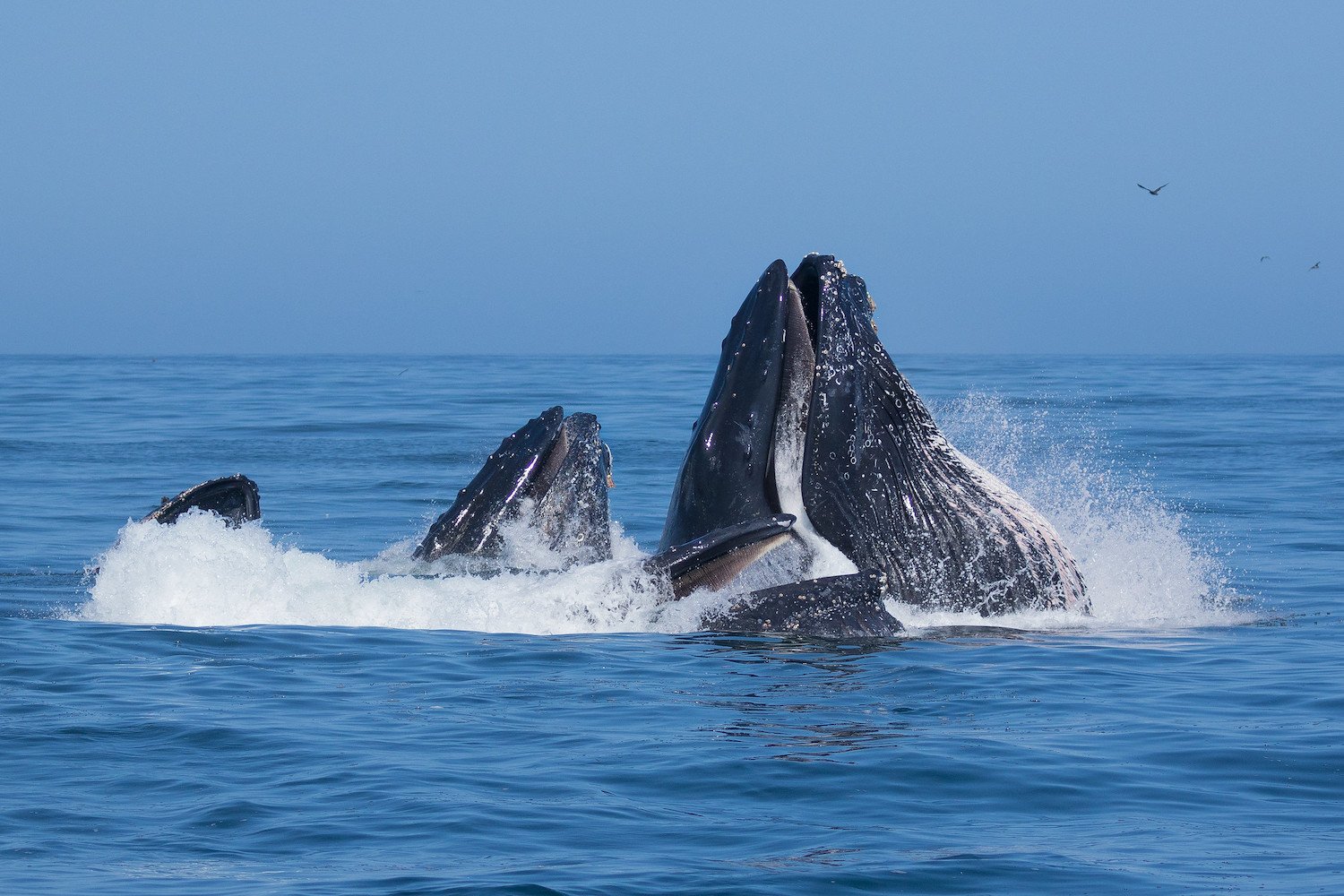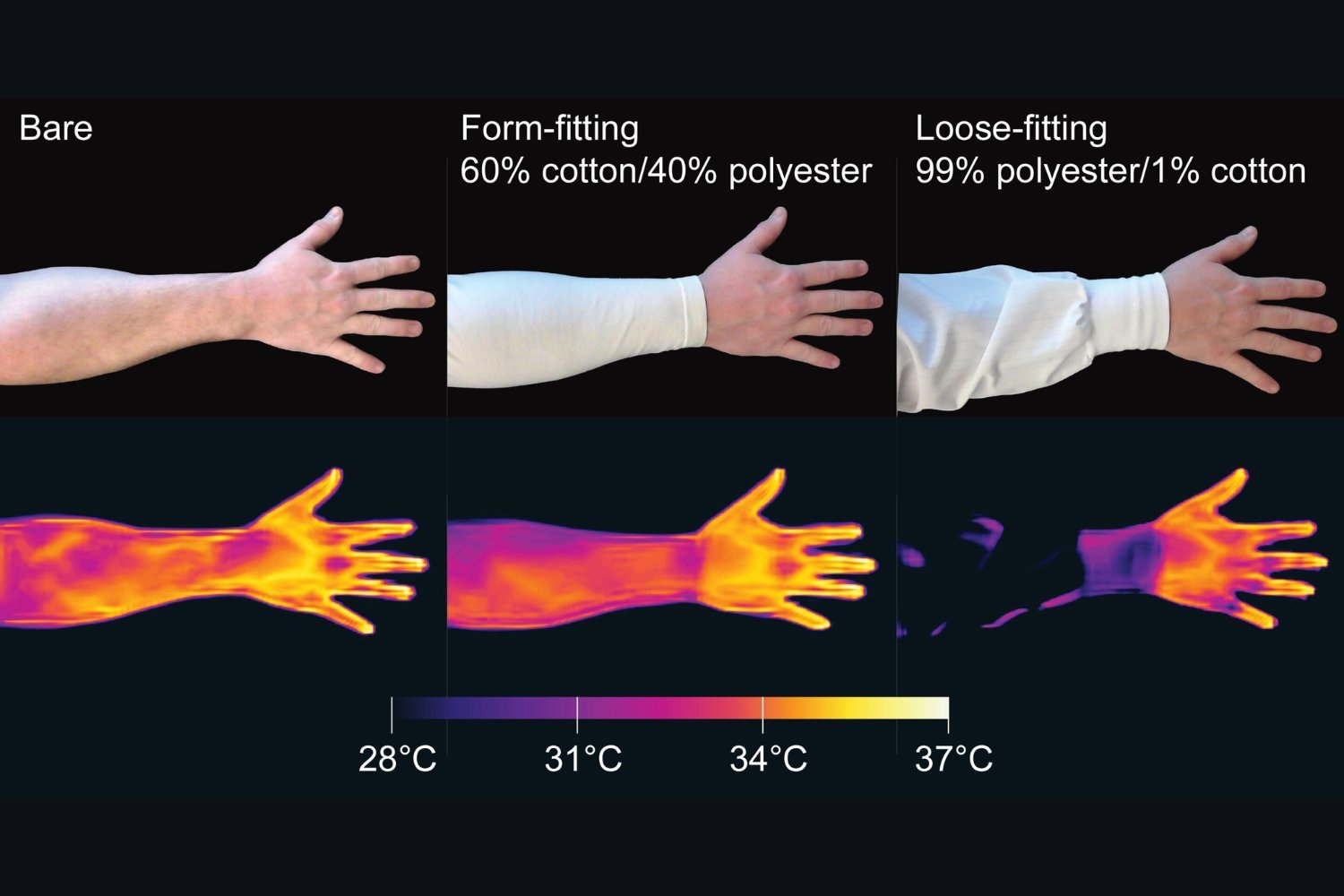Have you ever wondered what it’s like to swim underwater as a sea lion off the coast of Australia? Cutting-edge research using “sea lion-borne video” offers a glimpse into this unique perspective, while simultaneously mapping the endangered species’ habitat. This innovative approach, detailed in a study published in Frontiers of Marine Science, provides valuable insights into the diverse underwater world and aids in conservation efforts.
The captivating videos and images, captured from cameras mounted on the backs of Australian sea lions (Neophoca cinerea), reveal six distinct habitats at depths ranging from 16.33 feet (5 meters) to 361 feet (110 meters). These diverse environments include macroalgae reefs and meadows, bare sand, sponge/sand combinations, invertebrate reefs, and invertebrate boulder habitats. From underwater forests of algae to barren sandy expanses and complex reef communities teeming with marine life, the footage showcases the richness of the seafloor.
“Using animal-borne video and movement data from a benthic predator like the Australian sea lion is a highly effective way to map diverse benthic habitats across large areas of the seabed,” explains lead author Nathan Angelakis, a researcher at The University of Adelaide and the South Australian Research and Development Institute. This information is crucial for mapping critical habitats for endangered species and for exploring uncharted areas of the ocean floor. Benthic habitats encompass anything on or associated with the bottom of a body of water, according to the National Ocean Service.
The research team analyzed approximately 89 hours of footage to model the habitats on the continental shelf of South Australia near Kangaroo Island. These models, combined with 21 years of oceanographic data, provide a comprehensive understanding of these underwater environments. The resulting predictions identify significant habitat areas in the offshore regions.
While attaching cameras to marine mammals isn’t a new concept, this study demonstrates its potential for conservation. Previous examples, such as the use of U.S. Navy-affiliated dolphins to capture video footage off the coast of California in 2022, highlight the versatility of this technique.
In addition to the cameras, the researchers equipped the sea lions with satellite-linked GPS loggers, enabling real-time tracking of their movements. This approach mirrors similar studies, like the 2023 research on elephant seal sleep patterns, which utilized position and speed data to track the animals even at great depths.
Australian sea lion populations have suffered a drastic decline of over 60% in the last four decades, as reported in a 2021 study. The sea lion-borne video serves a dual purpose: providing valuable data on the marine environment and mapping the crucial habitats used by this endangered species. This information is essential for developing effective conservation strategies.
This innovative research, leveraging the unique perspective of sea lions, offers a powerful tool for understanding and protecting the delicate ecosystems they inhabit. By combining cutting-edge technology with a focus on conservation, scientists are gaining invaluable insights into the underwater world and working to safeguard the future of these endangered marine mammals.



